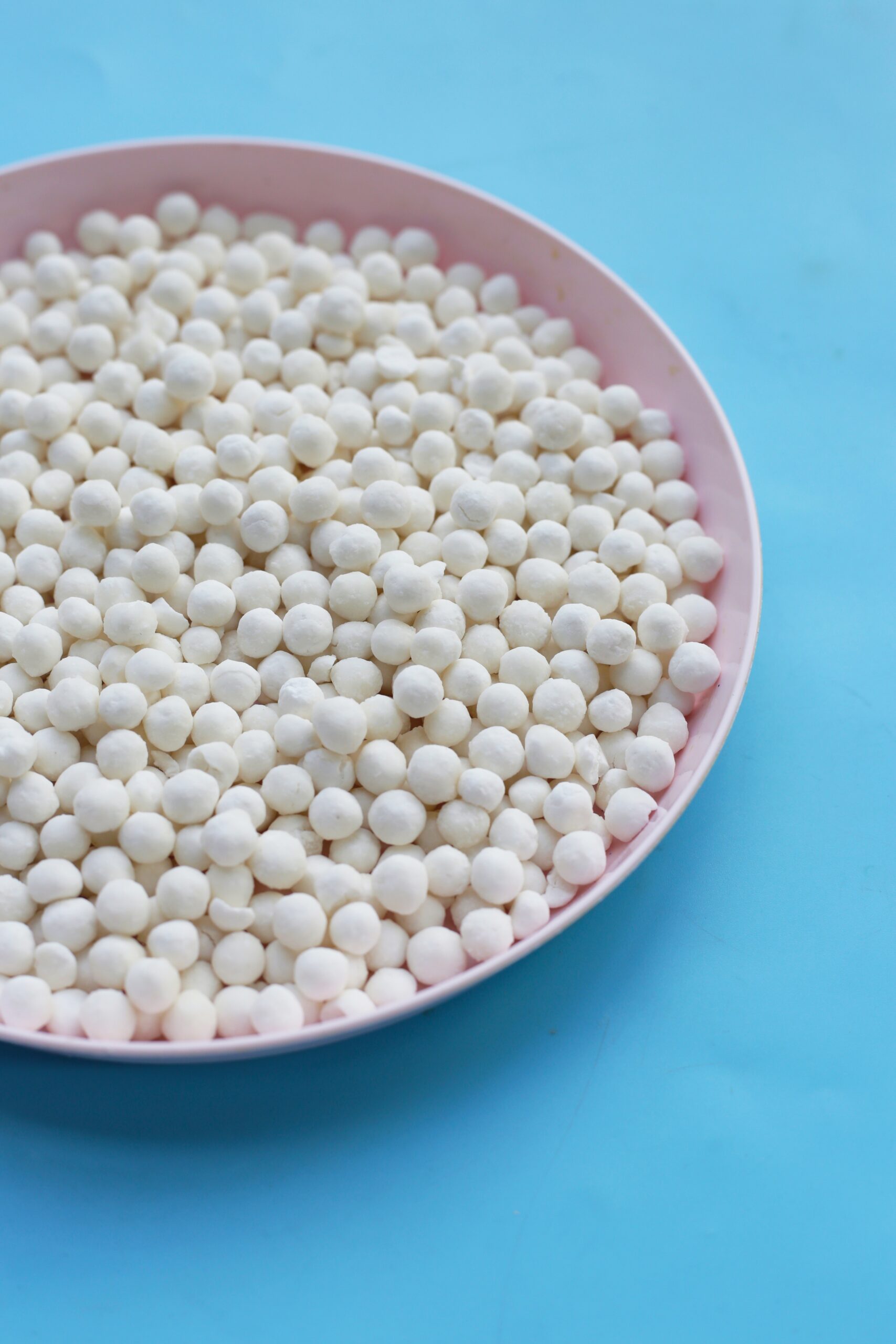 Tiny, translucent, and easy on the stomach, sabudana — also known as tapioca pearls — has been part of Indian kitchens for generations. Many people are first introduced to it as babies, in soft porridges made for gentle digestion. But sabudana doesn’t stay in the nursery — it grows right along with you, finding its way into crispy snacks, creamy puddings, and even modern bubble teas.
Tiny, translucent, and easy on the stomach, sabudana — also known as tapioca pearls — has been part of Indian kitchens for generations. Many people are first introduced to it as babies, in soft porridges made for gentle digestion. But sabudana doesn’t stay in the nursery — it grows right along with you, finding its way into crispy snacks, creamy puddings, and even modern bubble teas.
Its mild flavor and signature chewiness make it one of those ingredients that slips easily into all kinds of dishes, from traditional comfort foods to playful, contemporary recipes.
What Is Sabudana?
Sabudana is made from the starch of the cassava root, a tuber that originally comes from South America but is now widely grown in Asia and Africa.
Though it looks like a grain, it isn’t one — sabudana is completely grain-free and naturally gluten-free. That’s why it’s such a common choice during Hindu fasts and for anyone avoiding grains. But beyond tradition, it’s loved for the way it absorbs flavors and for its soft, bouncy texture once cooked.
Whether it’s stirred into a porridge, simmered into pudding, or fried into crunchy fritters, sabudana is really all about texture.
How Is It Made?
Sabudana’s journey begins with the cassava root. The roots are peeled, crushed, and washed to release the white starch inside. That starch is then processed into pearls.
Here’s the basic process:
- The cassava starch is mixed with water into a smooth paste
- That paste is pushed through small holes to form tiny pearl shapes
- The pearls are dried in the sun until hard — the form you’ll find in stores
- Before cooking, they’re soaked in water to soften and plump up
Quick Facts About Sabudana
- Flavor: Neutral, absorbs spices, slightly chewy when cooked
- Best in: Khichdi, vadas, kheer, puddings, bubble tea
- Not for: Recipes needing bold flavor on their own
- Gluten-free: Yes, naturally grain-free and gluten-free
- Storage: Airtight container, cool and dark; lasts several months
Forms You’ll See in Stores
-
Medium pearls: The most common type, used in khichdi, vadas, kheer, and tikkis. These usually need several hours of soaking.
-
Small pearls: Quicker to soften, often used in puddings or for baby food where a smoother texture is preferred.
-
Large pearls (sago pearls): Popular in Southeast Asian desserts and bubble tea. These need longer soaking and boiling.
-
Quick-cook packets: Pre-soaked or processed for faster cooking. Convenient, though the texture isn’t quite the same.
-
Roasted or papad form: In some regions, sabudana is rolled out into papads or made into roasted snacks.
What Does It Taste Like?
On its own, sabudana doesn’t taste like much — it’s neutral and a little bland. Its charm is in the texture. When cooked, it’s soft, silky, and slightly chewy. It soaks up spices in savory dishes and blends seamlessly into creamy sweets. And when fried, it crisps up beautifully while staying tender inside.
How It’s Used Around the World
-
India: The classic choice for fasting foods like sabudana khichdi, vada, kheer, and tikkis. Often paired with peanuts, cumin, and ghee.
-
Southeast Asia: Thailand, Vietnam, and the Philippines use it in coconut milk desserts with bananas or mango.
-
Western countries: Labeled as tapioca pearls, it shows up in bubble tea, fruit puddings, and sometimes as a gluten-free thickener in soups and pies.
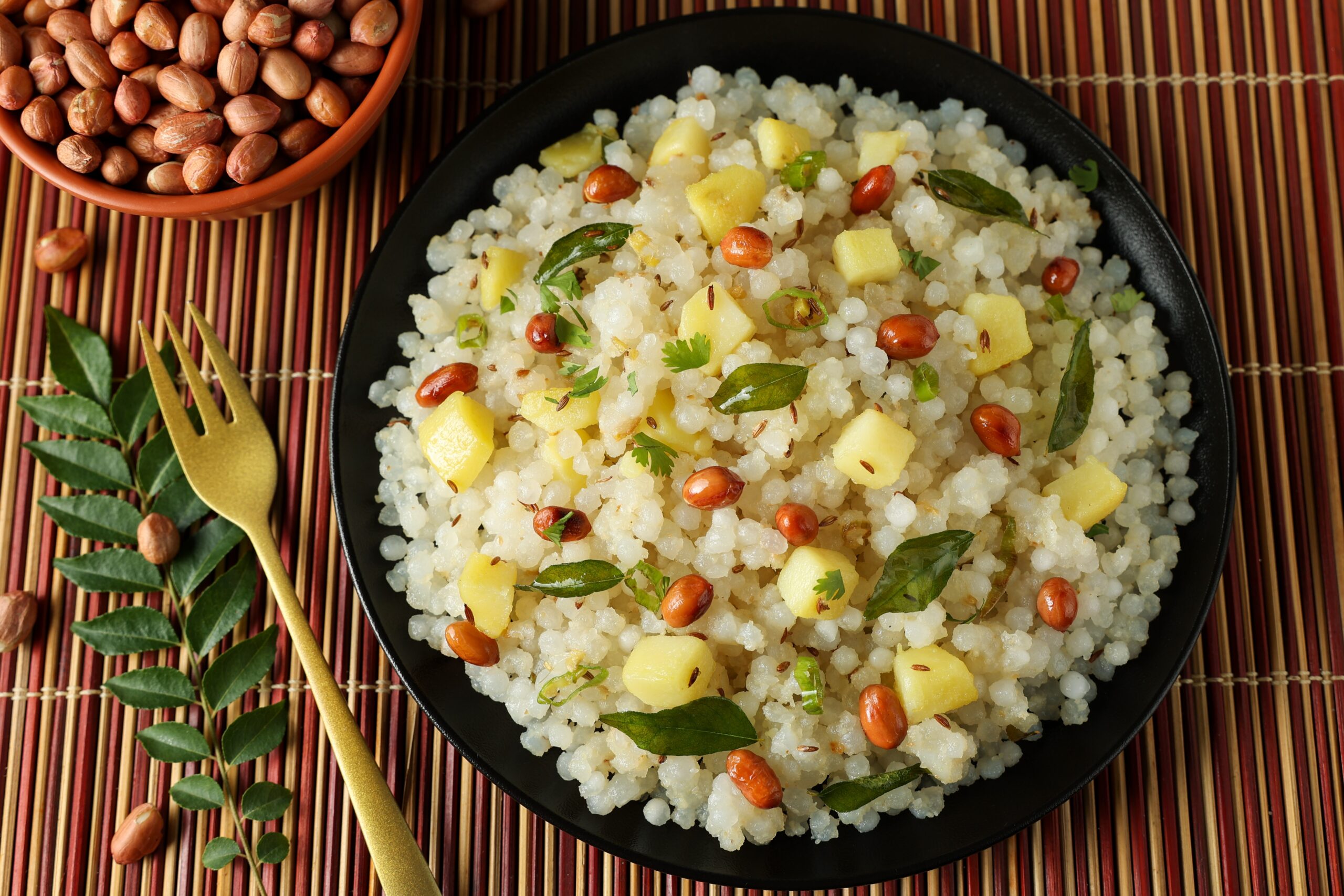
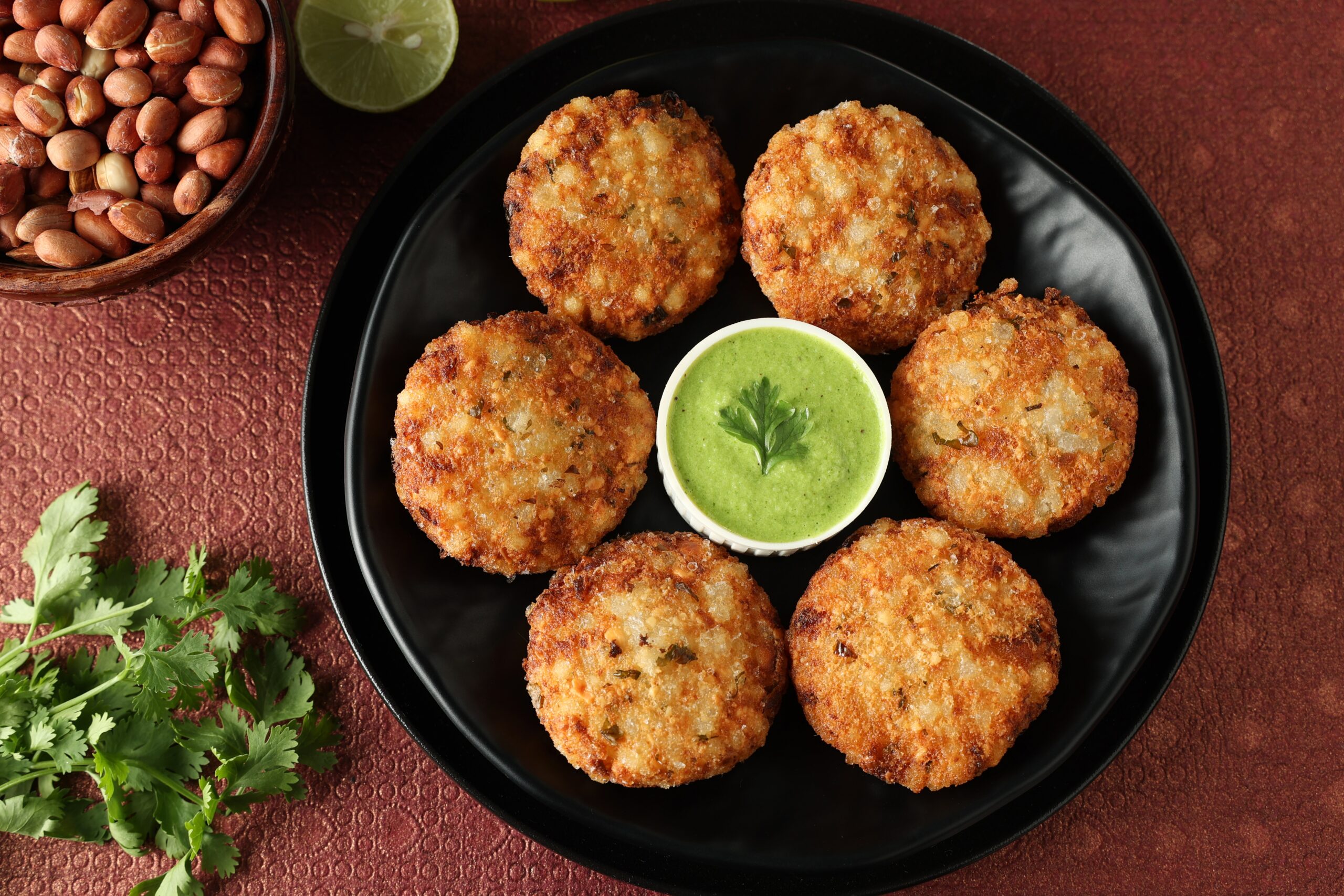
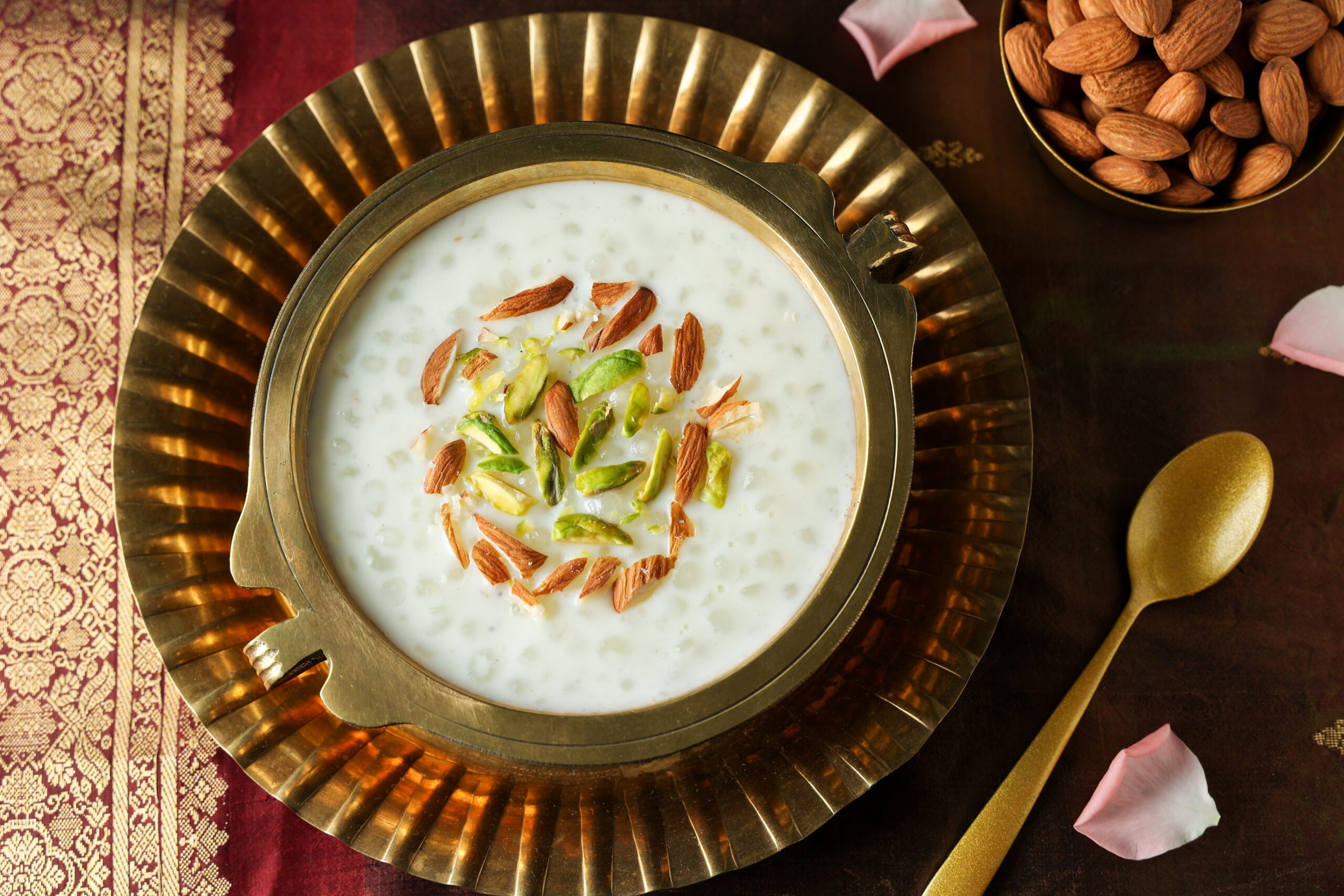

How to Soak Sabudana
Getting sabudana right starts with soaking. Too much water and you’ll have a sticky mess; too little and the pearls stay hard in the center.
-
Rinse thoroughly under running water until it runs clear. This removes excess starch that causes clumping.
-
Soak in just enough water to cover the pearls — about a 1:1 ratio of sabudana to water.
-
Let it sit for 4–6 hours, or overnight for best results.
-
When ready, the pearls should be soft, separate, and mash easily when pressed between your fingers.
How to Cook Sabudana
Once soaked, sabudana cooks quickly and takes on flavor easily.
-
For khichdi or savory dishes: Sauté soaked pearls gently until translucent.
-
For desserts: Simmer in milk or coconut milk until soft and slightly thickened.
-
For frying: Mix with mashed potatoes and spices, then fry until golden and crisp.
Never cook unsoaked sabudana — it will stay hard no matter how long you boil it.
Creative Uses Beyond Tradition
Sabudana isn’t just for fasting recipes. Its soft texture and neutral taste make it surprisingly versatile in modern cooking.
-
Pudding jars: Layer cooked pearls with coconut milk, fresh fruit, and honey.
-
Crispy tikkis with a twist: Add spinach, corn, or cheese to the mix.
-
Granola bars: Combine popped sabudana with dates, nuts, and peanut butter.
-
Mini pancakes: Mix soaked pearls with mashed potato, herbs, and spices; pan-fry until crisp.
These ideas show how easily sabudana adapts to both traditional and new recipes.
Flavor Pairings
Sabudana doesn’t have a strong flavor of its own — it absorbs whatever it’s paired with. Here are some combinations that work beautifully:
Savory
-
Crushed peanuts + lemon + cilantro: nutty, tangy, and fresh
-
Curry leaves + mustard seeds + coconut: South Indian-style seasoning
Sweet
-
Cardamom + jaggery + coconut milk: rich and comforting
-
Cinnamon + almond milk + dates: warm and naturally sweet
-
Vanilla + banana + toasted nuts: light and fresh, perfect for breakfast bowls
Storing Sabudana
Uncooked sabudana is shelf-stable but needs proper storage to stay fresh and clump-free.
-
Store in an airtight container to protect it from moisture.
-
Keep in a cool, dark pantry away from sunlight or heat.
-
In humid climates, refrigerating helps prevent spoilage or musty smells.
-
Transfer from plastic packaging to a sealed jar for long-term freshness.
Stored well, sabudana keeps for several months without losing quality.
Nutritional Value (Per 100g Cooked)
Sabudana is mostly made up of carbohydrates, making it a quick source of energy—but it’s low in protein, fiber, and fat.
Here’s a typical breakdown per 100g (cooked):
-
Calories: ~112 kcal
-
Carbohydrates: ~27g
-
Protein: ~0.2g
-
Fat: ~0.1g
-
Fiber: ~0.9g
-
Calcium: ~7mg
-
Iron: ~1.6mg
-
Sodium: ~1mg
-
Potassium: ~11mg
Health Benefits of Sabudana
Sabudana isn’t a superfood—but when used wisely, it can play a supportive role in your diet, especially when your body needs something easy and energizing.
-
Quick Energy Source
Packed with carbohydrates, sabudana may help boost energy quickly, making it useful during fasting, recovery, or post-workout meals (Source). -
Gentle on the Stomach
Its soft texture and low fiber content mean it can be easier to digest for people with sensitive stomachs, kids, or those recovering from illness (Source). -
Gluten-Free and Grain-Free
For people with gluten intolerance or on grain-free diets, sabudana offers a neutral, adaptable option in both sweet and savory dishes (Source). -
May Help in Healthy Weight Gain
When paired with calorie-dense ingredients like ghee, nuts, or milk, sabudana can support healthy weight gain—especially for toddlers or underweight individuals (Source). -
Naturally Low in Sodium
Sabudana is naturally low in sodium, which may be helpful for those watching salt intake (Source).
Potential Health Risks
While sabudana is generally safe and easy to digest, there are a few things to keep in mind—especially if you're eating it regularly.
-
Low in Nutrients
Sabudana is mostly starch and doesn’t offer much protein, fiber, or vitamins. Relying on it too often without balance may lead to nutrient gaps (Source). -
May Cause Sugar Spikes
Its high carbohydrate content can raise blood sugar quickly, especially when eaten alone. People with diabetes or insulin sensitivity should pair it with protein or healthy fat (Source). -
Overeating During Fasts
Because it feels light but is calorie-dense, it's easy to overeat. This may lead to sluggishness, bloating, or discomfort if not portioned carefully (Source).
When eaten mindfully and paired with nourishing ingredients, sabudana is generally a safe and satisfying part of a balanced diet.
Final Thoughts
Sabudana has come a long way—from baby bowls and fasting thalis to stylish snacks and modern desserts. Its gentle texture, neutral taste, and quiet versatility make it a favorite across ages, diets, and cultures.
Whether you're cooking for comfort or experimenting with something new, sabudana is that rare ingredient that fits into both worlds—soft enough for first bites, yet flexible enough for creative plates.
Give it a little soak, a little love, and it might just surprise you.
FAQs
Is sabudana gluten-free?
Yes, sabudana is naturally gluten-free and grain-free, making it a safe option for gluten-sensitive individuals.
Why does sabudana turn sticky?
Too much water or over-soaking can cause it to become mushy. Stick to a 1:1 soaking ratio and rinse thoroughly before soaking.
Can sabudana be eaten daily?
It can be included occasionally, but since it’s low in nutrients and high in starch, it’s best balanced with other foods.
Is sabudana good for babies?
Yes, when cooked until soft, sabudana can be a gentle and easy-to-digest food for babies starting solids.
How long does soaked sabudana last?
Soaked sabudana should be used within 24 hours and kept in the fridge to avoid spoilage.
Learn More About Sabudana (Tapioca Pearls)
Wikipedia — Tapioca Pearls
This article explains what tapioca pearls are, their origin from cassava root, common culinary uses in drinks and dishes, regional variations, and cooking methods.
Netmeds — Amazing Health Benefits of Tapioca Pearls/ Sabudana
This article highlights sabudana’s status as an energy-rich, gluten-free starch offering benefits such as improved digestion, support for healthy weight gain, and nutrient contributions to bone and general health—all while noting potential side effects like blood sugar spikes and digestive discomfort if consumed excessively


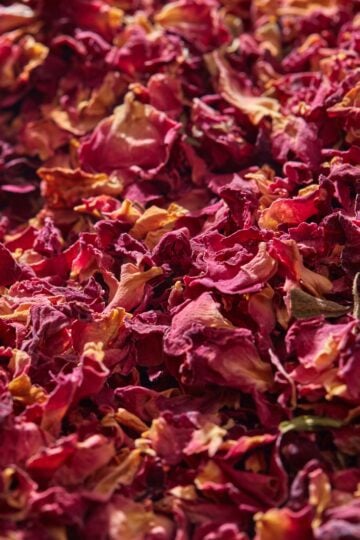

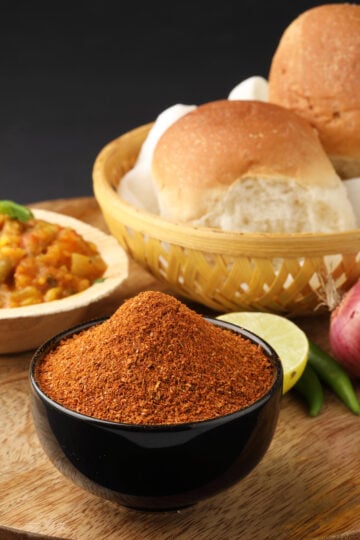
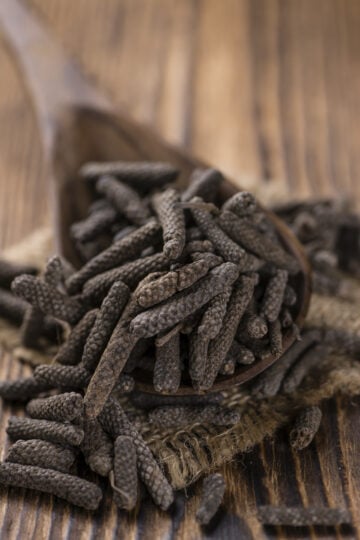
Have a question or something to share? Leave a comment below!